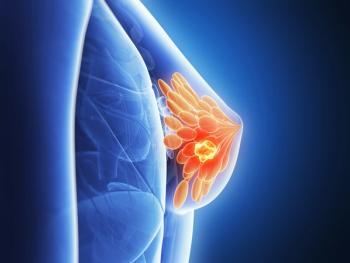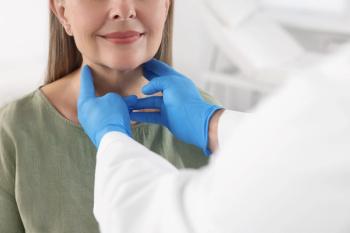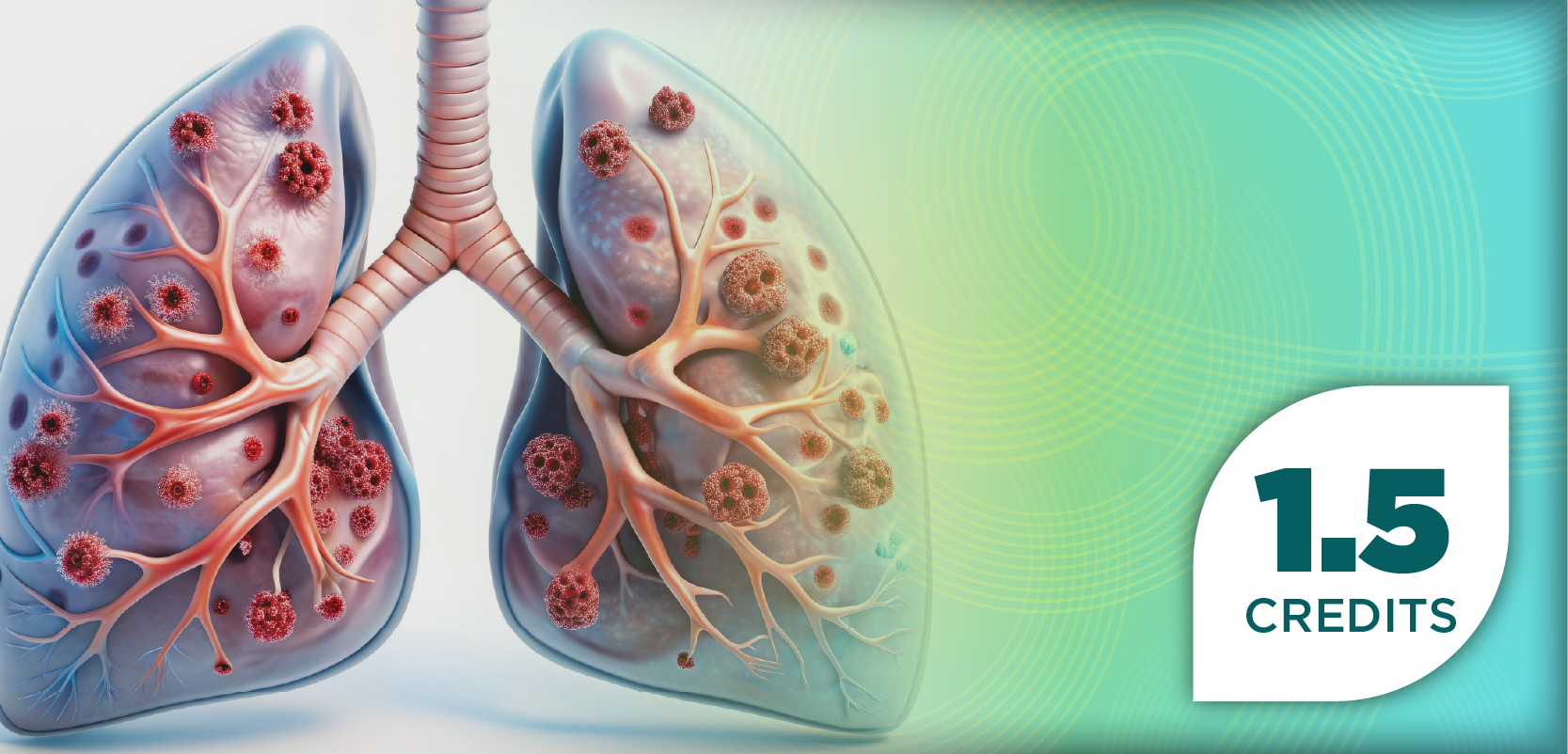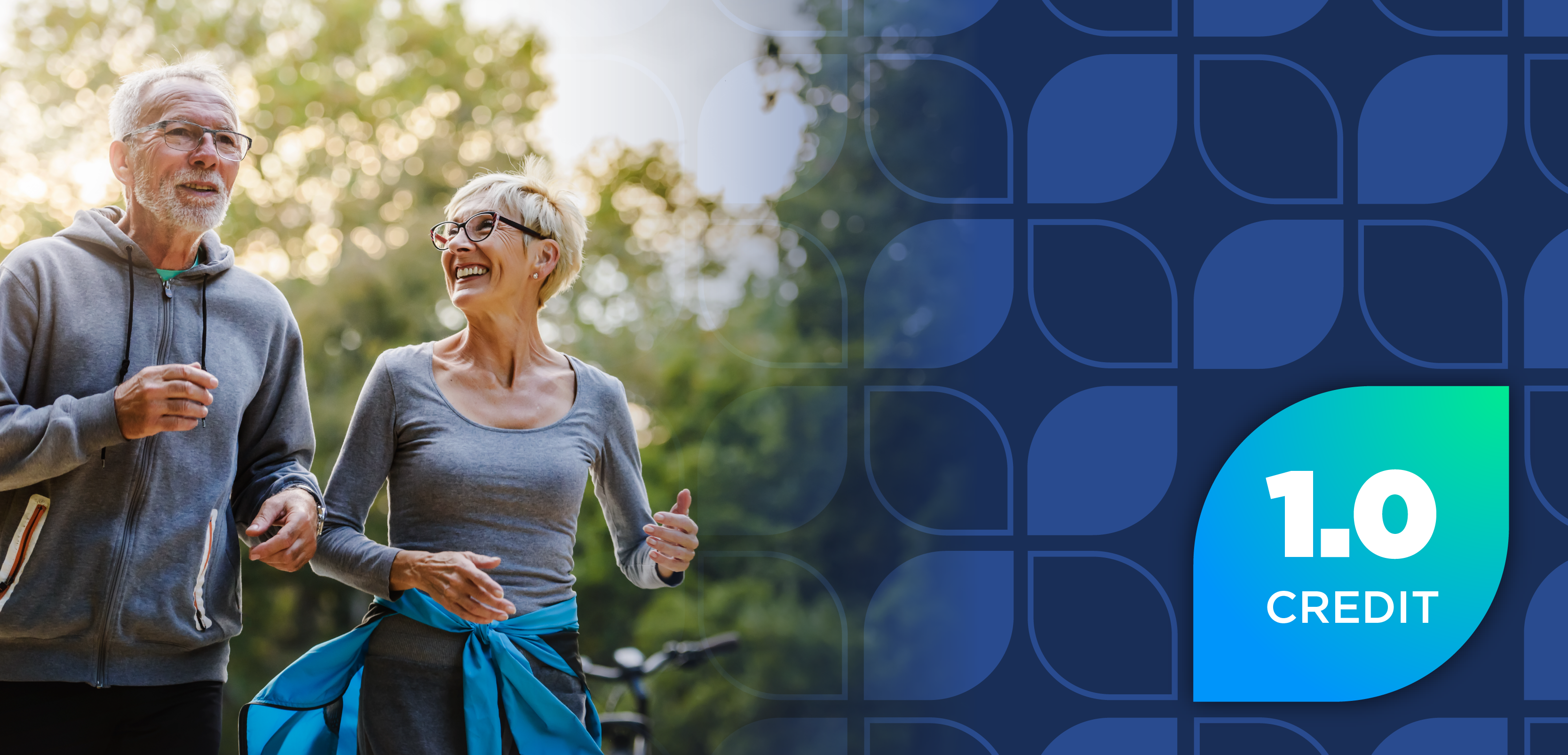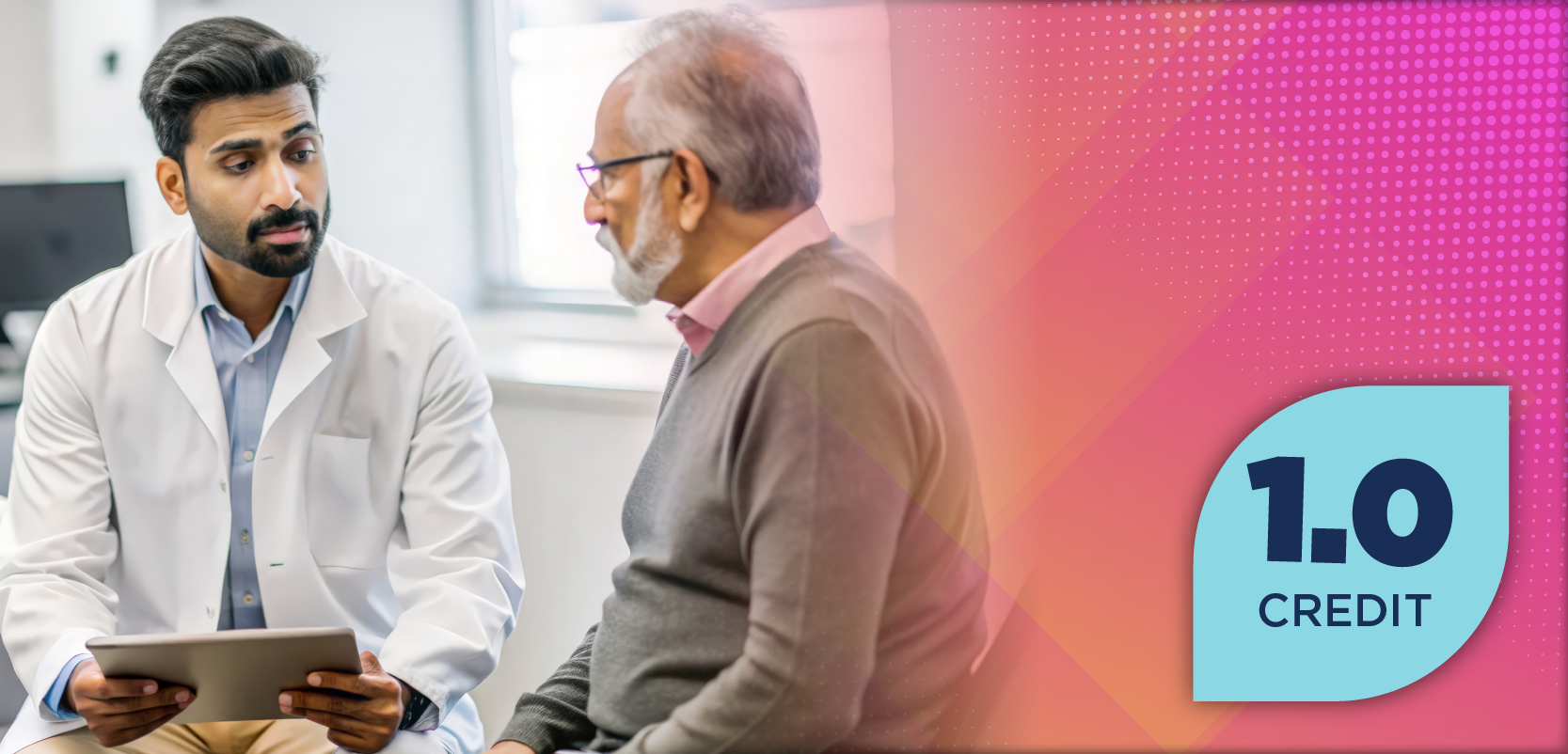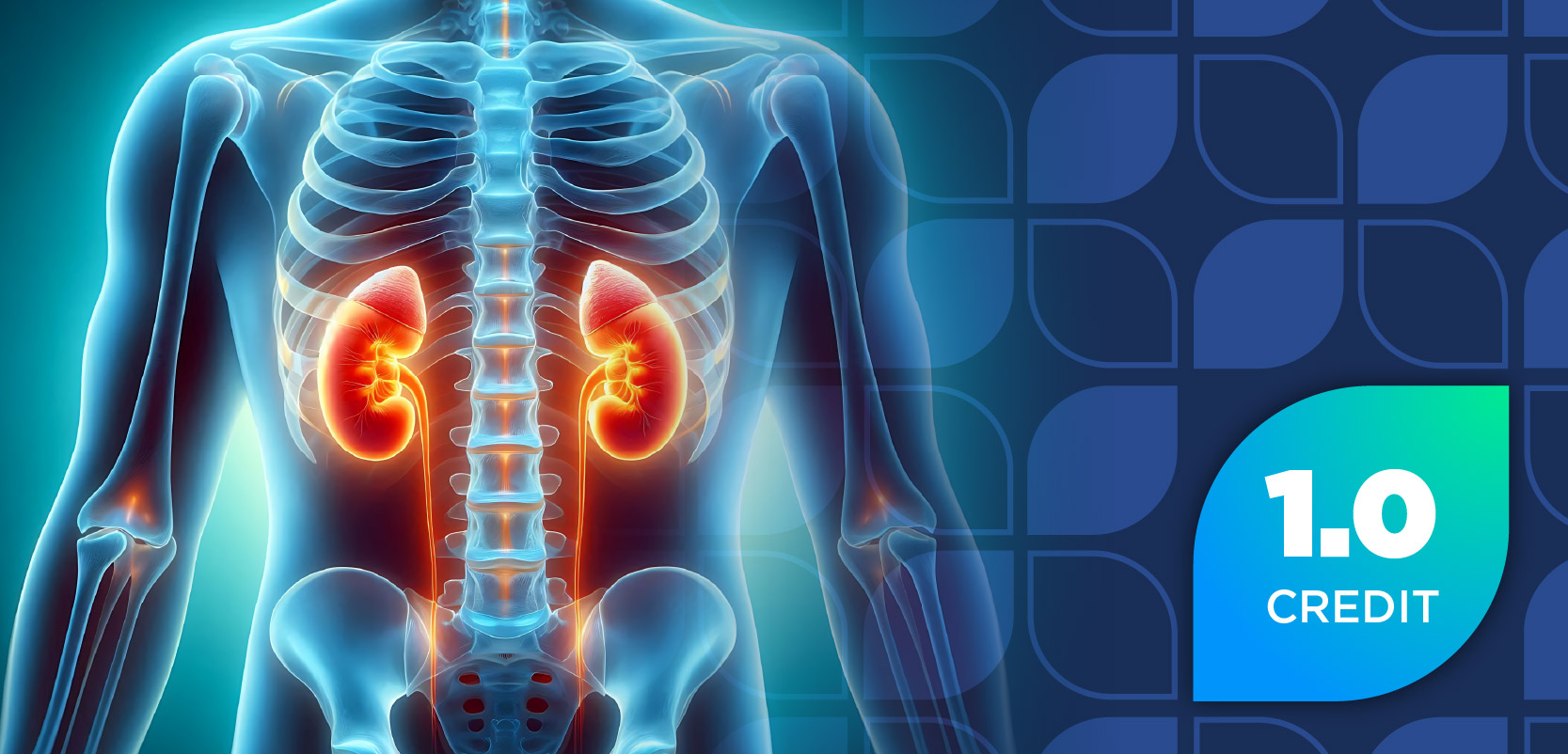
COVID-19 Pandemic Reduced Gaps in Pneumococcal Vaccination in Medicare Enrollees, but Lowered Overall Uptake
Key Takeaways
- The COVID-19 pandemic led to reduced pneumococcal vaccine disparities among Medicare enrollees but increased disparities among Medicaid enrollees in socially vulnerable counties.
- Increased awareness of infectious diseases during the pandemic may have improved vaccine uptake among Medicare enrollees, whereas service reductions and vaccine hesitancy affected Medicaid enrollees.
Conversely, Medicaid enrollees experienced widening gaps of pneumococcal vaccination uptake, likely driven by socioeconomic obstacles.
During the COVID-19 pandemic, there were lower pneumococcal vaccination rates among Medicare and Medicaid enrollees who lived in socially vulnerable counties; however, those disparities were reduced among Medicare enrollees and heightened among Medicaid enrollees, according to study results published by investigators in Vaccine. The study was the first to assess pneumococcal vaccination disparities before and during the COVID-19 pandemic according to area-level vulnerability.1
Medicare, Medicaid Enrollees Faced Unique Risks During Pandemic
Because pneumococcal disease is one of the few bacterial infections that can be prevented with a vaccine, public health authorities widely encourage individuals at risk of disease to receive a vaccination to protect against its development. The CDC recommends that adults 50 years or older and children and adults at increased risk for severe disease receive a pneumococcal vaccination. Despite their purported efficacy and safety, uptake remains below target levels.1,2
Specifically, pneumococcal vaccine uptake among adult Medicare and Medicaid enrollees is below recommended targets of 90% for adults 65 years and older and 60% for high-risk adults aged 19 to 64 years. According to 2022 data from a National Health Interview Survey of US adults 18 years and older, just 23.0% of individuals aged 19 to 64 years at increased risk for pneumococcal disease and 64.0% of adults 65 years or older received 1 or more doses of pneumococcal vaccination. These data present a concerning reality in pneumococcal vaccine coverage, one that may have been exacerbated during the COVID-19 pandemic.1,3
The public health emergency ushered upon the world by the COVID-19 pandemic led to declines in the receipt of routine vaccines—including pneumococcal vaccines—among Medicare enrollees. Research attributes these declines to numerous pandemic-related factors, including shelter-in-place orders, disruptions to the normal operations of health care facilities, and safety concerns. In conjunction, the pandemic amplified existing socioeconomic and health inequities, further burdening patients seeking a pneumococcal vaccination rate and putting them and their communities at increased disease risk.1,4
Medicare Enrollees Had Less Pneumococcal Vaccine Disparities Than Medicaid Enrollees
Given these obstacles and the lack of research on area-level social determinants of health (SDOHs) on pneumococcal vaccine uptake, the investigators sought to examine and quantify changes during the pandemic in pneumococcal vaccine uptake disparities between counties with varying levels of social vulnerability. The retrospective cohort study utilized individual-level data on vaccine uptake from the Centers for Medicare and Medicaid Services (CMS) and county-level data on social vulnerability from the CDC.1
Population cohorts included adults 65 years or older enrolled in Medicare and adults aged 19 to 64 years enrolled in Medicaid and deemed eligible for pneumococcal vaccination based on Advisory Committee on Immunization Practices recommendations. Pneumococcal vaccination claims were identified from inpatient, outpatient, and pharmacy settings.1
Medicare enrollees were examined first. Prior to the COVID-19 pandemic, counties with larger social variability had reduced pneumococcal vaccine uptake compared with less vulnerable counties. This continued to be the case during the pandemic, but disparities based on social vulnerability decreased significantly. The largest reductions in vaccine uptake disparities between the most and least vulnerable counties were observed in the subcategories of “socioeconomic status” and “medical vulnerability.”1
Shifting to Medicaid enrollees, similar observations were recorded, with the most vulnerable counties having low pneumococcal vaccine uptake before the pandemic. However, for this cohort, disparities in pneumococcal vaccine uptake between more and less socially vulnerable counties were magnified during the pandemic. In an interesting development, adjusting for the clinical characteristics and demographics of enrollees in each county increased the estimated disparity in vaccine uptake during the COVID-19 pandemic.1
Increased Vaccine Awareness During Pandemic Assisted Medicare Enrollees
The study authors postulated explanations behind the contrasting disparities. For patients enrolled in Medicare, the investigators discussed that reductions in pneumococcal vaccine uptake disparities could have been influenced by the widespread effort to increase COVID-19 vaccine uptake among older adults. By increasing awareness of and bolstering uptake of COVID-19 vaccines, patients gained raised awareness of other infectious disease risks and the benefits of protection.1
On the other hand, increased disparities among Medicaid enrollees may have been related to pandemic-related stay-at-home orders and reductions in services, which were observed to disproportionately impact socially vulnerable individuals who are often enrolled in Medicaid. These observations may have also been heightened by vaccine hesitancy, a phenomenon typically exacerbated by socioeconomic disadvantages.1,5
Pharmacists have a critical responsibility to evaluate patients enrolled in Medicare or Medicaid for their eligibility for pneumococcal vaccination. Only through a comprehensive approach to patient education and counseling can pneumococcal vaccination rates be heightened for patients who are most vulnerable.1
“These divergent patterns highlight the importance of tailoring public health initiatives based on individual- and area-level vulnerability. They support the use of amplified risk messaging for those with high levels of comorbidities who live in socially vulnerable areas,” the study authors concluded. “At the same time, they point to the need to consider that lockdowns and economic restrictions during public health crises could worsen the health outcomes of low-income adults.”1
REFERENCES
1. Mohanty S, Zurovac J, Barna M, et al. Changes in pneumococcal vaccination disparities by area-level social vulnerability during the COVID-19 pandemic among Medicare and Medicaid enrollees. Vaccine. 2025;62(30):127452. doi:10.1016/j.vaccine.2025.127452
2. CDC. Pneumococcal disease—pneumococcal vaccine recommendations. Last Updated October 26, 2024. Accessed July 23, 2025. https://www.cdc.gov/pneumococcal/hcp/vaccine-recommendations/index.html
3. CDC—AdultVaxView. Vaccination coverage among adults in the United States, National Health Interview Survey, 2022. Last Updated October 4, 2024. Accessed July 23, 2025. https://www.cdc.gov/adultvaxview/publications-resources/adult-vaccination-coverage-2022.html
4. Hong K, Zhou F, Tsai Y, et al. Decline in receipt of vaccines by Medicare beneficiaries during the COVID-19 pandemic—United States, 2020. MMWR Morb Mortal Wkly Rep. 2021;70:245-249. doi:10.15585/mmwr.mm7007a4.
5. Kar A, Carrel AL, Miller JH, Le HTK. Public transit cuts during COVID-19 compound social vulnerability in 22 US cities. Transport Research Part D. 2022;110:103435. doi:10.1016/j.trd.2022.103435
Newsletter
Stay informed on drug updates, treatment guidelines, and pharmacy practice trends—subscribe to Pharmacy Times for weekly clinical insights.

